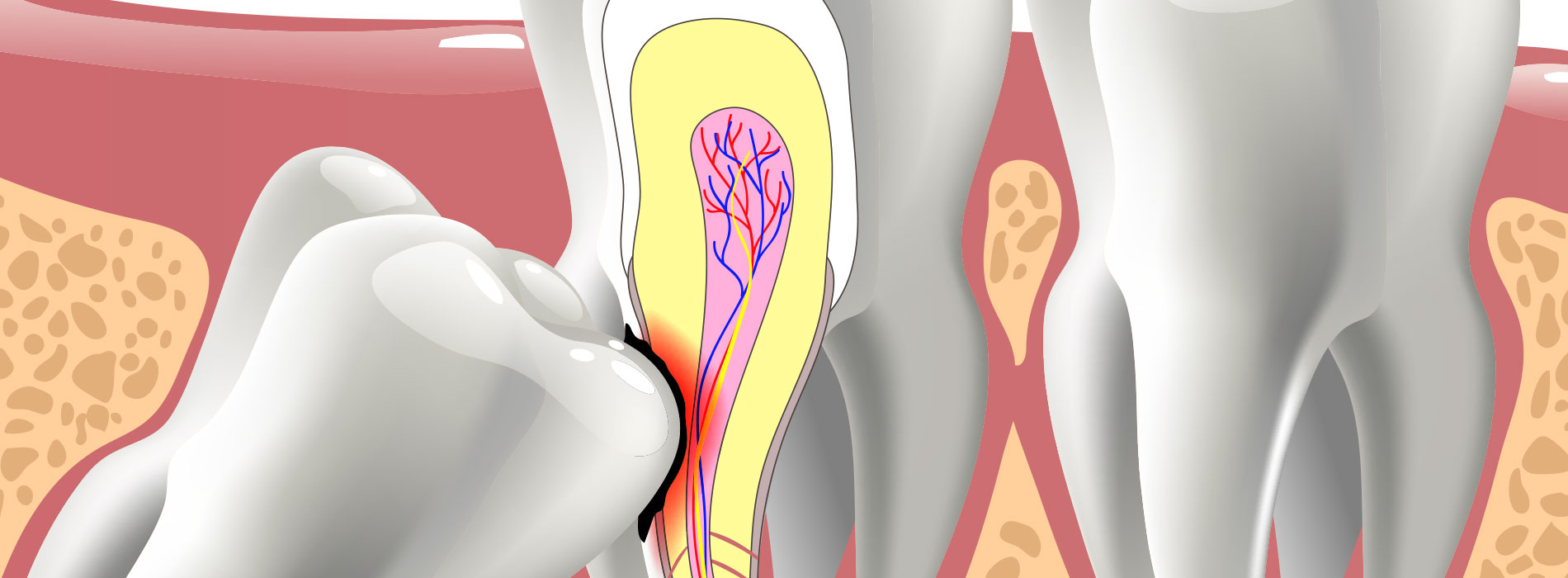Call Us:
(850) 963-0001

An impacted tooth is one that fails to erupt and remains covered to varying degrees by the soft tissue and bone.
According to statistics, the maxillary canines are, after the wisdom teeth, the second most common teeth to become impacted. Close to 8% of the time, these impactions are bilateral, which means that both the left and right upper canines are unable to erupt into the dental arch. Because the canines play a crucial role in providing facial support and are essential for optimal bite function, it’s a good idea to consult an orthodontist to discuss how these impacted teeth might be brought into appropriate alignment. In many cases, the patient is referred to an oral and maxillofacial surgeon for a procedure to expose the tooth and enable tooth movement.
Before the actual surgical exposure is performed, the orthodontist places appliances to address any underlying malocclusions and to develop sufficient space to bring the impacted canine into the dental arch. When the orthodontist decides it’s the right time, the oral and maxillofacial surgeon performs the surgical procedure. To expose an impacted canine, the oral and maxillofacial surgeon reflects the tissue overlying the canine and removes sufficient overlying bone to allow the placement of an orthodontic bracket as well as an elastic or metal chain. With these attachments, the orthodontist gradually moves the canine into its proper position.
Other impacted teeth may also warrant this type of procedure. For example, a central incisor that fails to erupt due to an overlying supernumerary (extra) tooth may require a similar approach to care. Also, not every tooth that’s surgically exposed requires the placement of an orthodontic attachment. In these cases, it’s felt the uncovered tooth is likely to erupt on its own. Every case is unique, and each step in treatment will be discussed at the consultation visit.
Surgical exposure is typically performed under local anesthesia, along with dental sedation. Patients receive detailed instructions on what to expect postoperatively, managing any postoperative bleeding or discomfort, along with detailed dietary and hygiene instructions.
